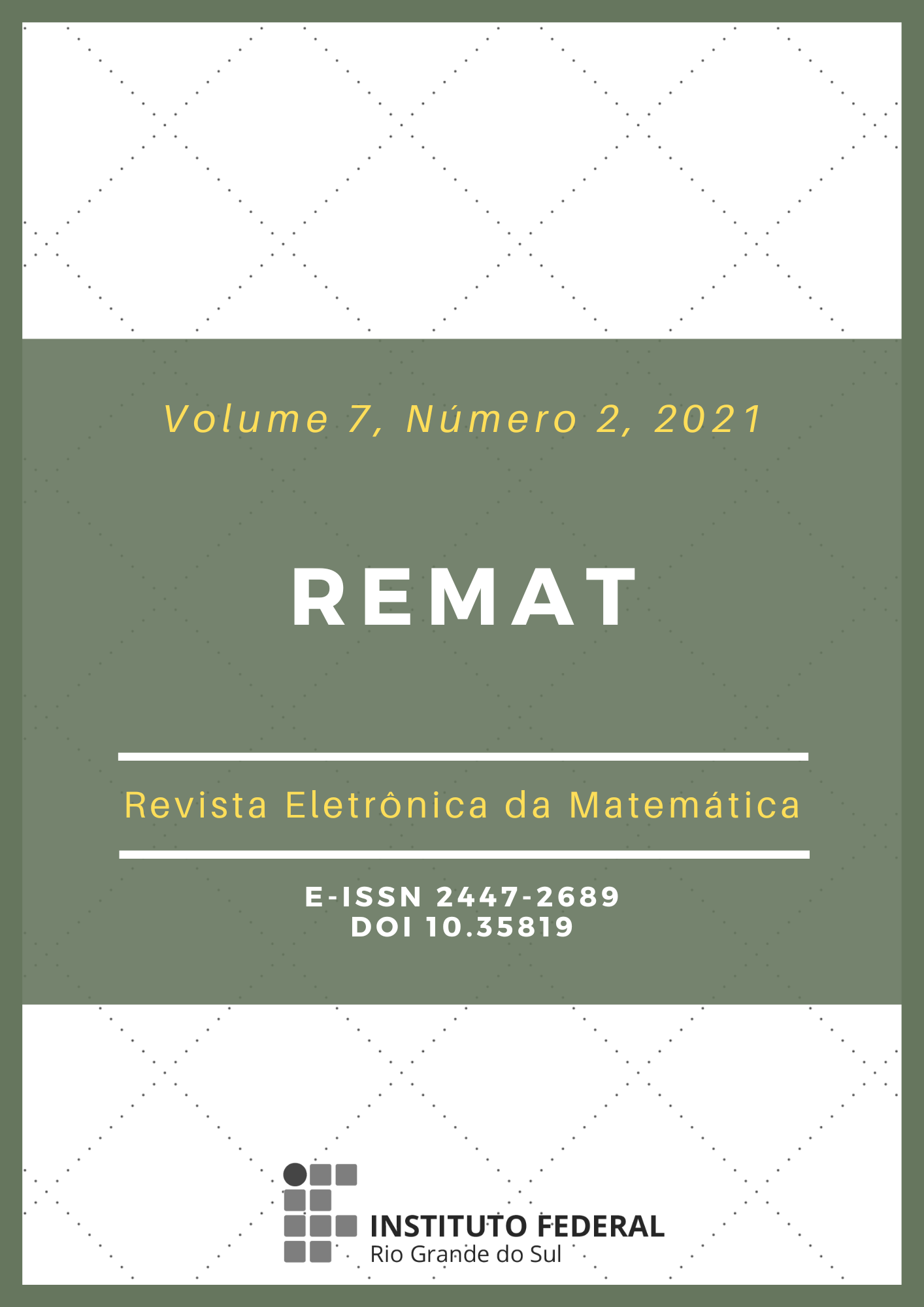Mathematical modelling to optimize mobile performance on downhill ramps
DOI:
https://doi.org/10.35819/remat2021v7i2id4800Keywords:
Ramp Mobiles, Gravity Car Race, Dynamic Equation, Mass Influence, Performance OptimizationAbstract
The present study analyses mobiles, with or without traction force, that descend an inclined ramp under the action of gravity, subject to drag forces and kinetic friction. From the dynamic equation and the obtainment of the speed and position equations, the effect of the mobile mass on their performance in an eventual competition was investigated, understanding by performance the distance travelled by the mobiles in a fixed interval of time, previously stipulated. It was possible to conclude that, when the mobiles are not motorized, the performance grows continuously with the mass. For this reason, it is necessary to standardize the mass value of competing vehicles to guarantee isonomy. When vehicles are equipped with constant traction force, there may be a mass value capable of maximizing performance. Therefore, it is interesting to leave it up to competing teams to determine the most advantageous mass value for their vehicles. The conditions under which the performance is supposed to be optimized were evaluated and an analytical expression for determining the mass that maximizes the performance was obtained.
Downloads
References
BRUNETTI, F. Mecânica dos Fluidos. São Paulo: Pearson, 2008.
COLETTA, V. P.; EVANS, J. Analysis of a model race car. American Journal of Physics, v. 76, n. 10, p. 903-907, 15 set. 2008. DOI: https://doi.org/10.1119/1.2955793.
COWLEY, E. R. Pinewood Derby Physics. The Physics Teacher, v. 27, p. 610-612, nov. 1989. DOI: https://doi.org/10.1119/1.2342889.
DRISCOLL, H.; BULLAS, A.; KING, C.; SENIOR, T.; HAAKE, S.; HART, J. Application of Newtonian Physics to predict the speed of a gravity racer. Physics Education, v. 51, n. 4, p. 1-7, 4 maio 2016. DOI: https://doi.org/10.1088/0031-9120/51/4/045002.
HALLIDAY, D.; RESNICK, R. Fundamentos de Física, v. 1, Rio de Janeiro: Gen-LTC, 2016.
JOBE, J. D. The physics of the pinewood derby with engineering applications. Missouri: Publicação do Próprio Autor, 2004.
MANN, B. P; GIBBS, M. M.; SAH, S. M. Dynamics of a gravity car race with application to the Pinewood Derby. Mechanical Sciences, v. 3, p. 73-84, 4 dez. 2012. DOI: https://doi.org/10.5194/ms-3-73-2012.
MARTIN, J. K. Factors Influencing the Forward Acceleration of a Gravity Powered Soapbox Race Vehicle. British Journal of Applied Science & Technology, v. 12, n. 6, p. 1-9, 3 nov. 2015. DOI: https://doi.org/10.9734/bjast/2016/17077.
MEADE, D. Pinewood derby speed secrets. Londres: Dorling Kindersley Publishing, 2006.
NAGLE, R. K.; SAFF, E. B.; SNIDER, A. D. Equações Diferenciais. São Paulo: Pearson, 2012.
PEDIGO, T. How to Win a Pinewood Derby. Salt Lake: Winning Edge Publications, 2002.
POLYCARPOU, A.; SOLZAK, T. Engineering Outreach to Cub Scouts with Hands-on Activities Pertaining to the Pinewood Derby Car Race. International Journal of Engineering Education, v. 22, n. 5, p.1077-1096, 2006. Disponível em: https://www.ijee.ie/articles/Vol22-5/20_ijee1789.pdf. Acesso em: 3 ago. 2021.
RADE, D. Cinemática e Dinâmica para Engenharia. São Paulo: Gen-LTC, 2017.
THOMAS, G. B.; WEIR, M. D.; HASS, J. Cálculo, v. 1, São Paulo: Pearson Education, 2011.
TORVI, D. Using Pine Wood Derby Cars to Introduce Mechanical Engineering to Students in a First Year General Engineering Design Course. Proceedings of the Canadian Engineering Education Association (CEEA), Proceedings of CDEN/C2E2 Conference: University of Manitoba Winnipeg, Manitoba , July 22-24, 2007. 9 ago. 2011. DOI: https://doi.org/10.24908/pceea.v0i0.3805.
ZILL, D. G.; CULLEN, M. R. Equações Diferenciais. v. 1. São Paulo: Pearson Education, 2007.
Downloads
Published
Issue
Section
License
Copyright (c) 2021 REMAT: Revista Eletrônica da Matemática

This work is licensed under a Creative Commons Attribution 4.0 International License.
REMAT retains the copyright of published articles, having the right to first publication of the work, mention of first publication in the journal in other published media and distribution of parts or of the work as a whole in order to promote the magazine.
This is an open access journal, which means that all content is available free of charge, at no cost to the user or his institution. Users are permitted to read, download, copy, distribute, print, search or link the full texts of the articles, or use them for any other legal purpose, without requesting prior permission from the magazine or the author. This statement is in accordance with the BOAI definition of open access.













 https://orcid.org/0000-0002-0893-7426
https://orcid.org/0000-0002-0893-7426


















